14 Places That Will Disappear In Your Lifetime — See Them Before It’s Too Late
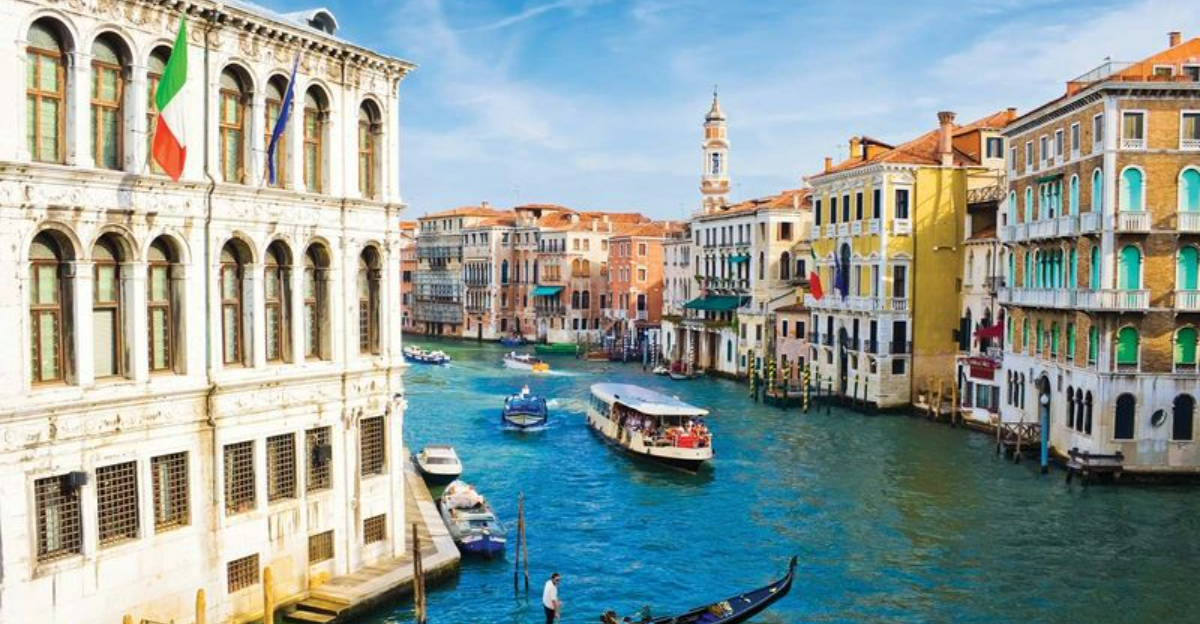
Ever thought about how many beautiful places might not be around much longer? It’s a strange feeling—standing somewhere breathtaking and knowing it might disappear in our lifetime.
Climate change, erosion, rising sea levels—they’re not just buzzwords. They’re quietly reshaping the world, one glacier, one island, one ancient ruin at a time. I’ve come across places where the beauty feels almost urgent, like the land itself knows it’s running out of time.
Visiting these fragile spots isn’t just about ticking off a bucket list—it’s about witnessing something precious while we still can, and maybe, just maybe, helping to keep it alive by telling the story.
1. Venice, Italy
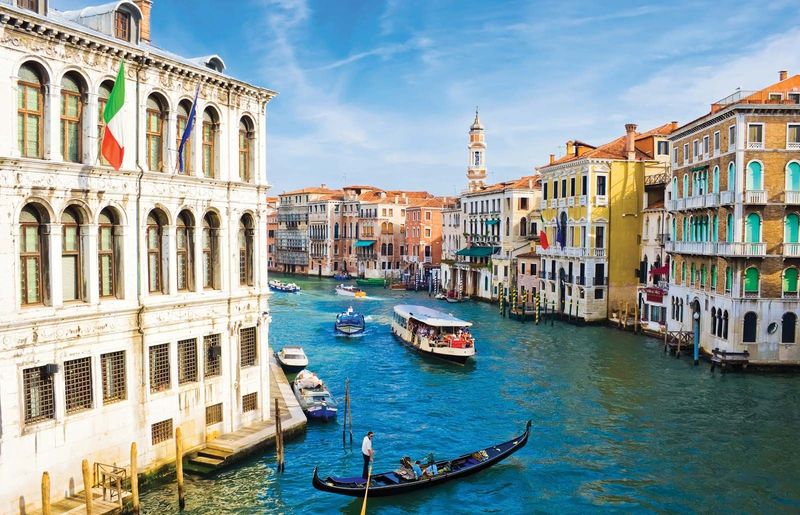
When the tides rise in Venice, walking through the streets feels like stepping back in time. The city’s charm lies in its canals, but they are also its greatest threat. High tides and flooding have become more frequent.
Wouldn’t it be sad to lose such a historic gem to the waters? To truly grasp its beauty, one must glide silently through its waterways, observing centuries-old architecture. Each building tells a story, yet these tales might soon be silenced by the encroaching sea.
Venice’s resilience is unmatched, but the fight against nature is relentless. Visiting now, you might witness both its beauty and hear the soft whispers of urgency.
2. The Great Barrier Reef, Australia

If swimming with diverse marine life excites you, the Great Barrier Reef offers an unmatched underwater spectacle. It’s heartbreaking, though, seeing sections of the reef bleached by rising ocean temperatures.
Witnessing the coral’s vibrant hues feels like observing a masterpiece of nature. How much longer will these colors persist? Snorkeling here reveals a world beyond imagination, filled with life, color, and movement. Yet, every year, more of the reef succumbs to environmental stresses.
With each visit, the urgency to preserve this marine wonder grows stronger, reminding us of the interconnectedness of life beneath the waves.
3. Maldives
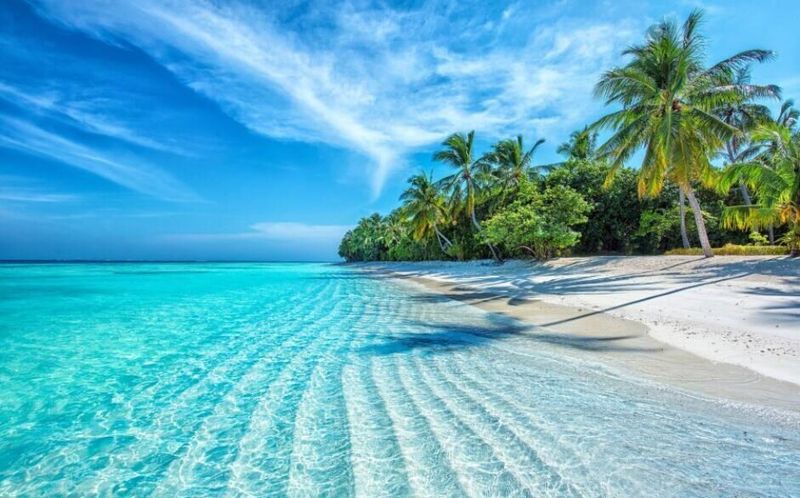
Where do you go for a slice of paradise? The Maldives, with its turquoise waters and white sandy beaches, seems like a dream. However, this island nation faces the threat of submersion due to rising sea levels. The beauty of its atolls is undeniable, yet they’re fragile against the relentless ocean.
As you walk along the shore, you might wonder how long this paradise might last. Hence, the Maldives serve as a stark reminder of the drastic effects of climate change.
Visiting now allows you to support the local communities while witnessing the serene beauty that could soon be lost.
4. Amazon Rainforest, South America

How can a place bursting with life be at risk? The Amazon Rainforest, the lungs of our planet, faces deforestation and fire threats daily.
Walking through its dense greenery, you’ll hear the symphony of nature. Despite its vastness, even small losses have global impacts. The diversity here is unparalleled, with each plant and animal playing a vital role. Yet, every day, vast areas are cleared, silencing its vibrant chorus.
This forest is crucial for our earth’s health, and protecting it becomes a shared responsibility. Before it’s too late, experiencing its majesty is both a privilege and a call to action.
5. The Dead Sea, Middle East
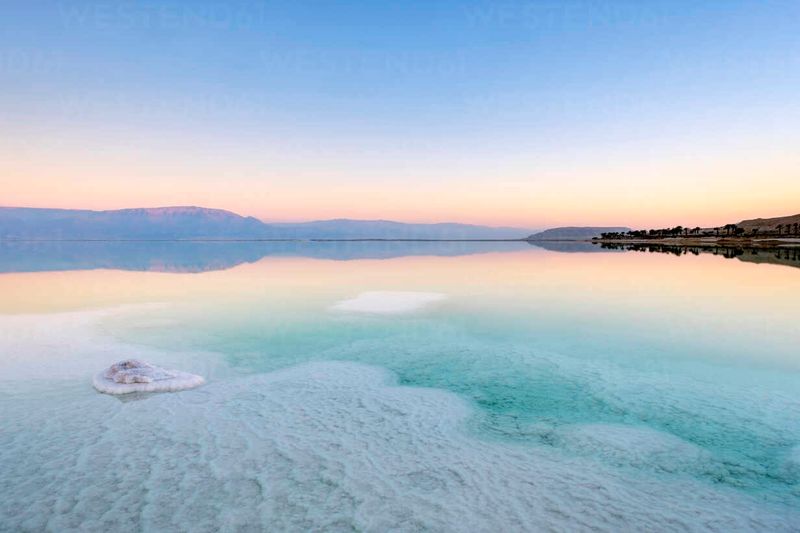
Where can you float effortlessly? The Dead Sea’s unique waters allow this magical experience. Yet, it’s shrinking rapidly due to water diversion. The sensation of floating here is unlike any other, a natural wonder that defies logic.
How soon before it fades away? The mineral-rich waters offer therapeutic benefits, drawing visitors worldwide. However, with its water levels decreasing, this natural spa faces an uncertain future.
Visiting the Dead Sea now provides a rare experience and emphasizes the importance of sustainable water management in the region.
6. Glacier National Park, USA

When the sun hits the icy peaks of Glacier National Park, the view is breathtaking. It’s alarming, though, to know these glaciers are melting at an unprecedented rate. The pristine beauty of this park is a reminder of nature’s grandeur.
Imagine standing before these giants, only to realize they might not be here for future generations. The park’s diverse ecosystems and stunning vistas make it a must-visit. Yet, as temperatures rise, the glaciers retreat, altering the landscape forever.
Experiencing this natural wonder now emphasizes the urgent need for environmental stewardship.
7. Madagascar’s Rainforests

Did you know Madagascar hosts unique species found nowhere else? Its rainforests, rich in biodiversity, are disappearing due to deforestation. Walking among these towering trees, one might spot the playful lemurs, symbols of Madagascar’s exceptional wildlife.
How long before these forests become silent? Each visit contributes to conservation efforts, helping protect this ecological treasure. The vibrant life here is a testament to the island’s isolation and evolutionary wonders. Yet, without intervention, these wonders might only exist in memories.
Visiting Madagascar’s rainforests offers a chance to support their survival and witness nature’s creativity firsthand.
8. Bangkok, Thailand
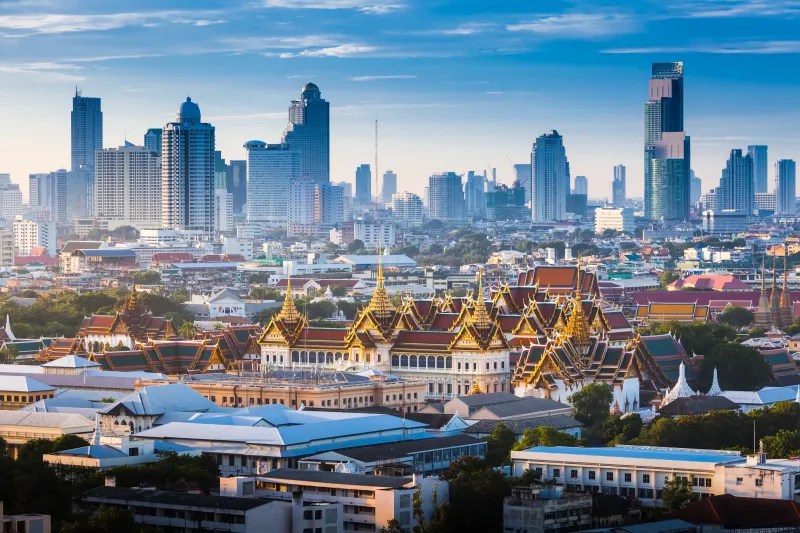
Are you ready for a city that never sleeps? Bangkok, with its dynamic blend of ancient and modern, faces the risk of sinking. Each bustling street tells of a culture rich in history and innovation.
Its temples stand as symbols of resilience amid urban challenges. Despite the city’s vibrancy, rising sea levels and land subsidence pose serious risks.
Visiting Bangkok now allows you to immerse in its unique energy while contemplating the challenges of urbanization in a changing world.
9. The Galápagos Islands, Ecuador
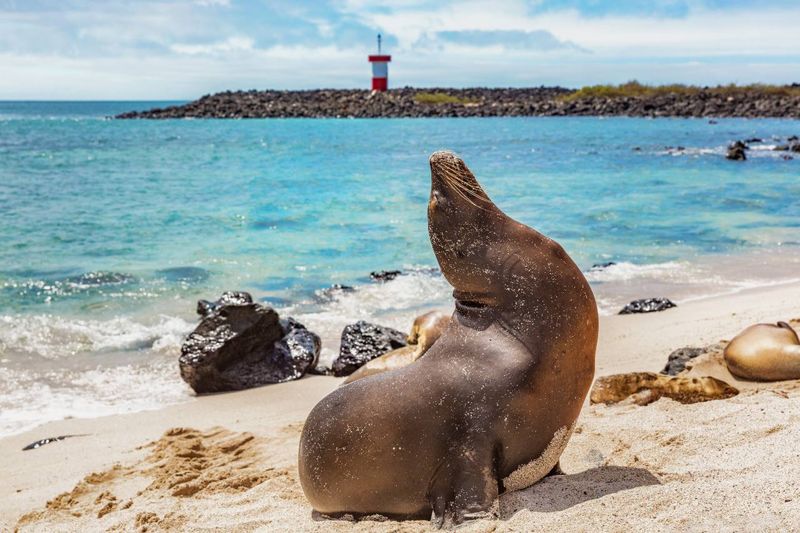
When exploring evolution, the Galápagos Islands are unmatched. These islands shaped Darwin’s theories, yet they face threats from tourism and climate change. Observing wildlife in their natural habitat here is like stepping into a living laboratory.
How have these creatures adapted so uniquely? The islands’ isolation has created a delicate balance, easily disrupted by outside influences. Each visit can aid conservation, ensuring future generations witness this natural wonder.
Protecting the Galápagos reminds us of nature’s delicacy and our role in its preservation.
10. Patagonia’s Glaciers, Argentina and Chile
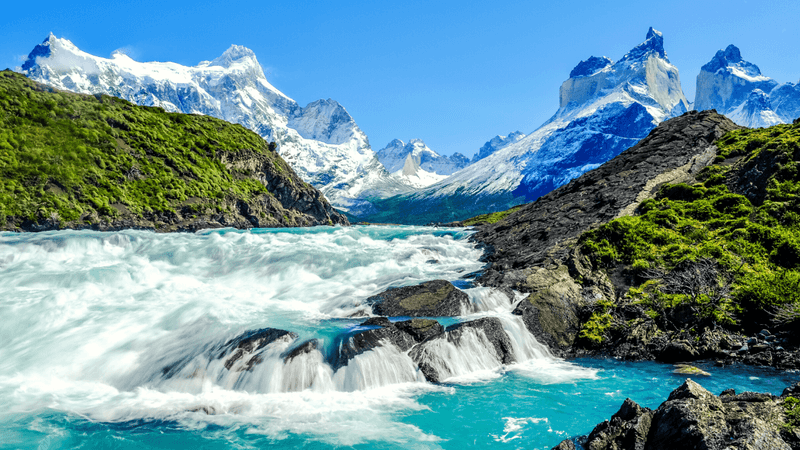
It’s awe-inspiring to stand before Patagonia’s glaciers, marveling at their sheer size. Unfortunately, these icy giants are retreating fast. How does such beauty disappear so quickly? The region’s striking landscapes, with towering peaks and clear waters, captivate all who visit.
Yet, every year, the glaciers reveal more barren rock. Experiencing Patagonia’s grandeur now highlights the urgency of addressing climate change. These glaciers are more than ice; they are vital water sources.
Witnessing them today offers not just beauty but a call to action for environmental conservation.
11. Tuvalu
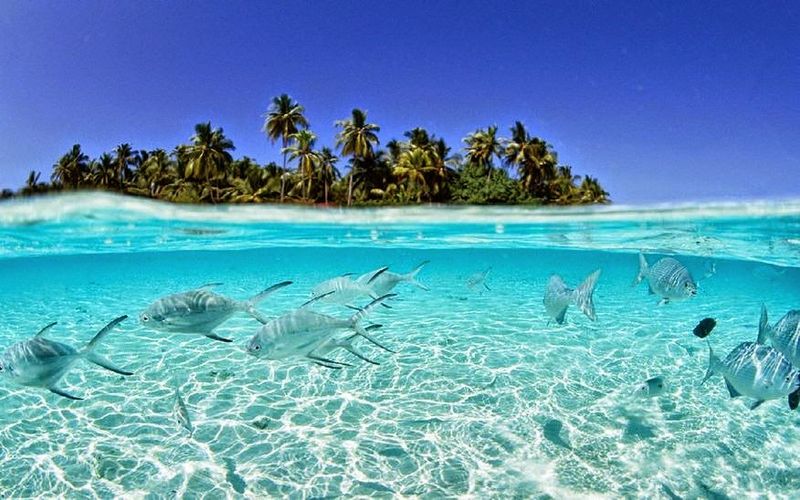
Where does the horizon meet the ocean in perfect tranquility? Tuvalu, a small Pacific island nation, is the epitome of peace. Rising sea levels, however, threaten its very existence.
Walking along its shores, the gentle waves seem innocuous yet hint at a dire future. How long before Tuvalu becomes a memory? The island’s culture is interwoven with the sea, and each visit supports its resilience.
Tuvalu’s plight is a stark reminder of the global impact of climate change, emphasizing the need for collective action.
12. Taj Mahal, India

How can marble look so ethereal? The Taj Mahal stands as a testament to love, yet pollution and overcrowding threaten its beauty. This iconic structure glows with the soft light of dawn, captivating all who gaze upon it.
The pollution in the area slowly erodes its pristine facade, raising concerns for its preservation. Each visit becomes a tribute to its timeless allure and a reminder of the challenges of modernity.
Experiencing the Taj Mahal now emphasizes the importance of balancing tourism with conservation efforts.
13. Sundarbans Mangrove Forest, India and Bangladesh

Did you know the Sundarbans is home to the majestic Bengal tiger? This vital mangrove forest, shared by India and Bangladesh, faces threats from rising sea levels and deforestation. Navigating its waterways, one senses the delicate balance of this ecosystem.
Its importance extends beyond borders, safeguarding coastal communities and wildlife. Yet, the pressures of development and climate change are ever-present. Visiting the Sundarbans highlights the need for cooperative conservation efforts to protect this unique habitat and its inhabitants.
14. Mount Kilimanjaro, Tanzania

Where else can you find snow in Africa? Mount Kilimanjaro’s iconic peak towers above the plains, but its glaciers are receding. Climbing its slopes, the changing landscape becomes evident, marking both beauty and loss.
How long will the snows remain? Each ascent offers breathtaking views and a connection to nature’s wonders. Yet, as the ice disappears, so too does part of the mountain’s majesty.
Visiting Kilimanjaro is a journey into the heart of Africa, highlighting the urgent need for climate action to preserve such wonders.
